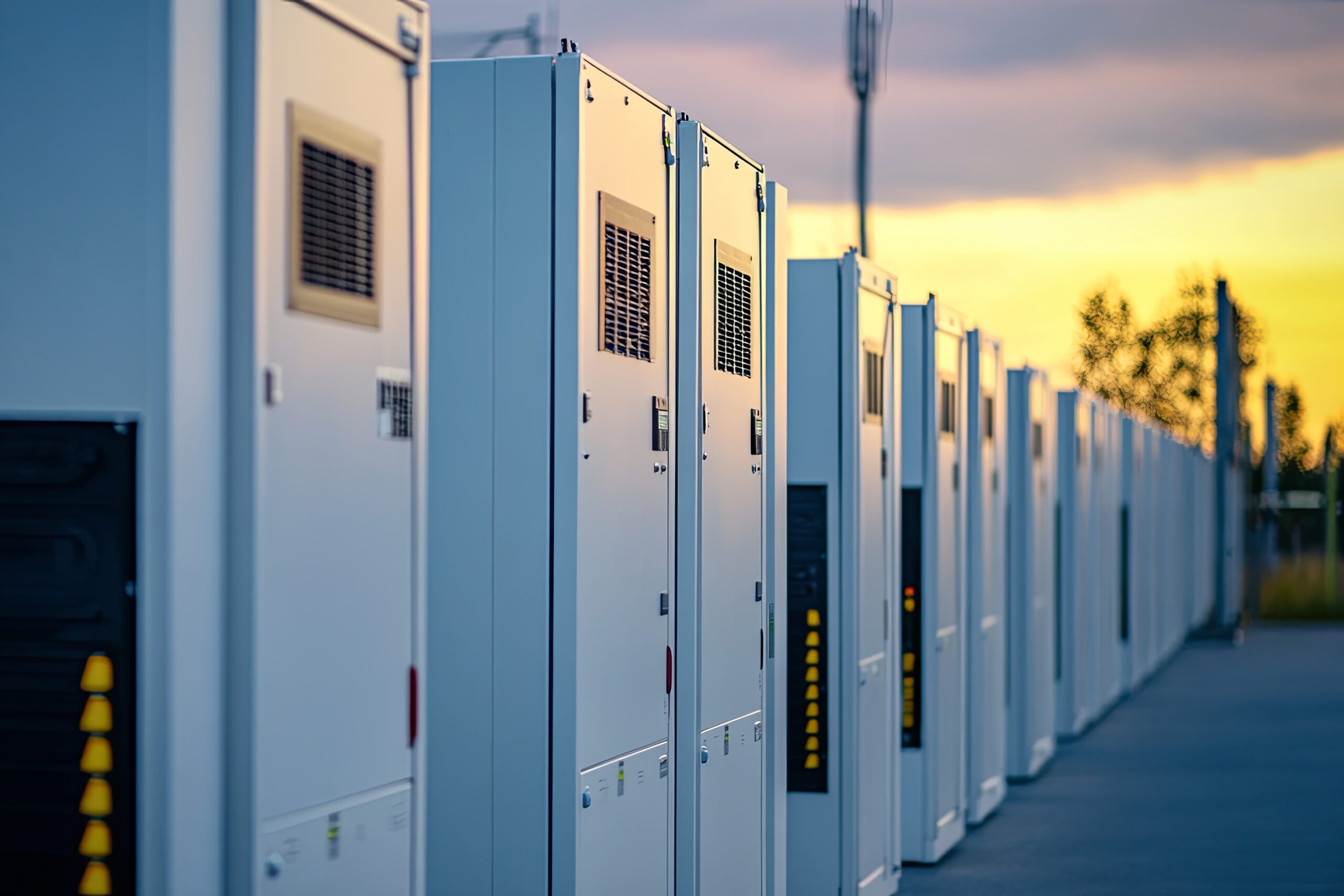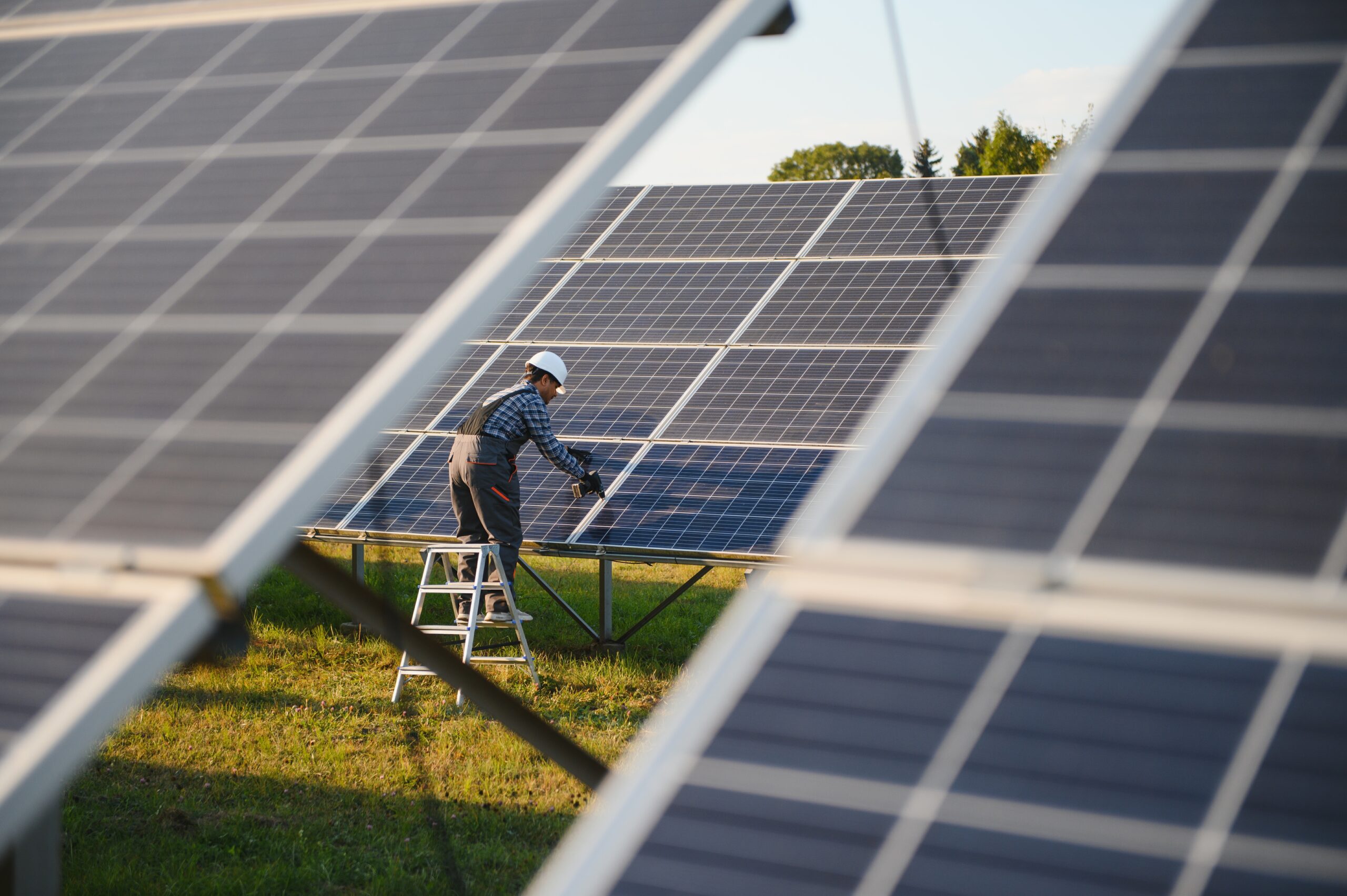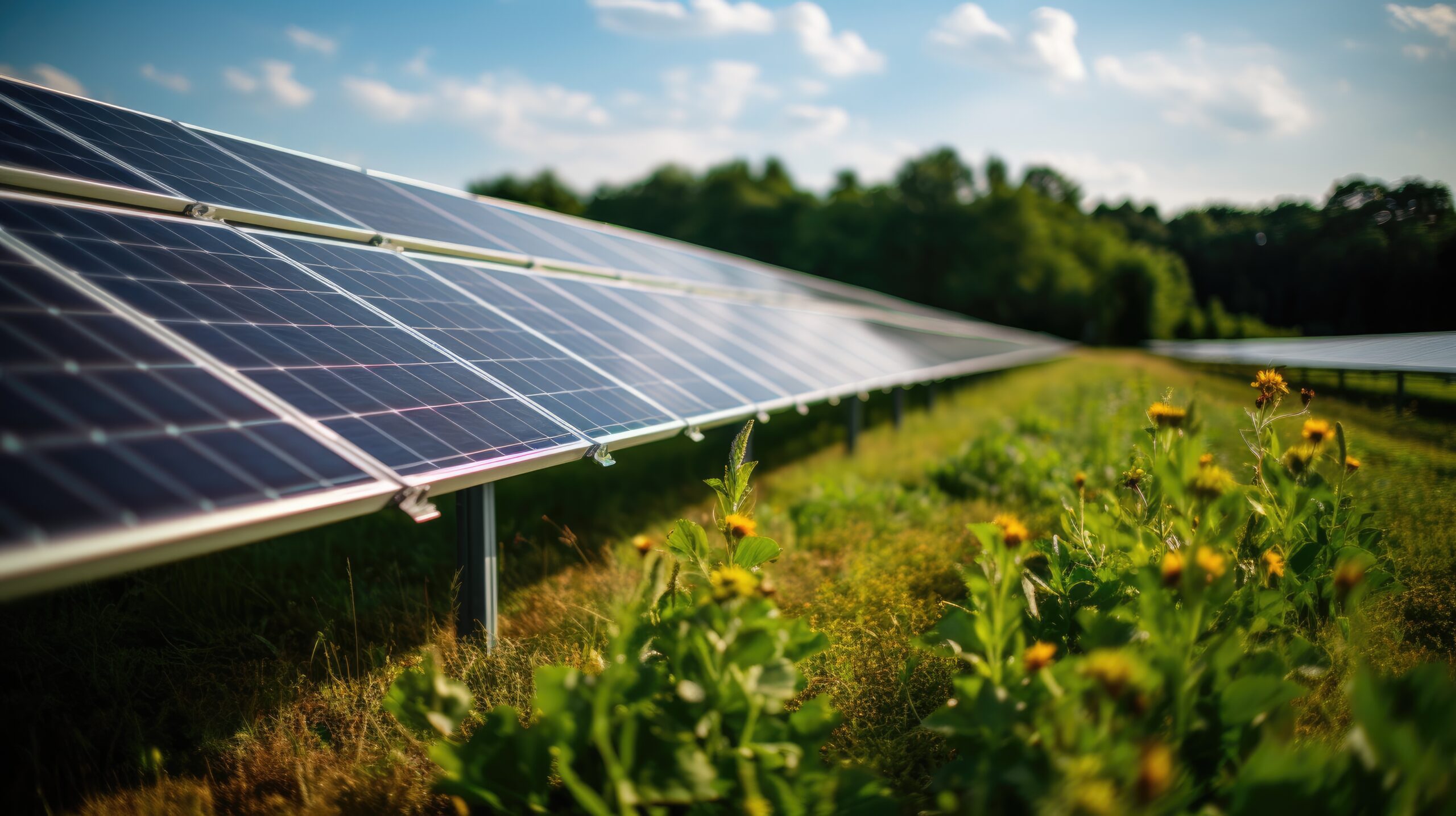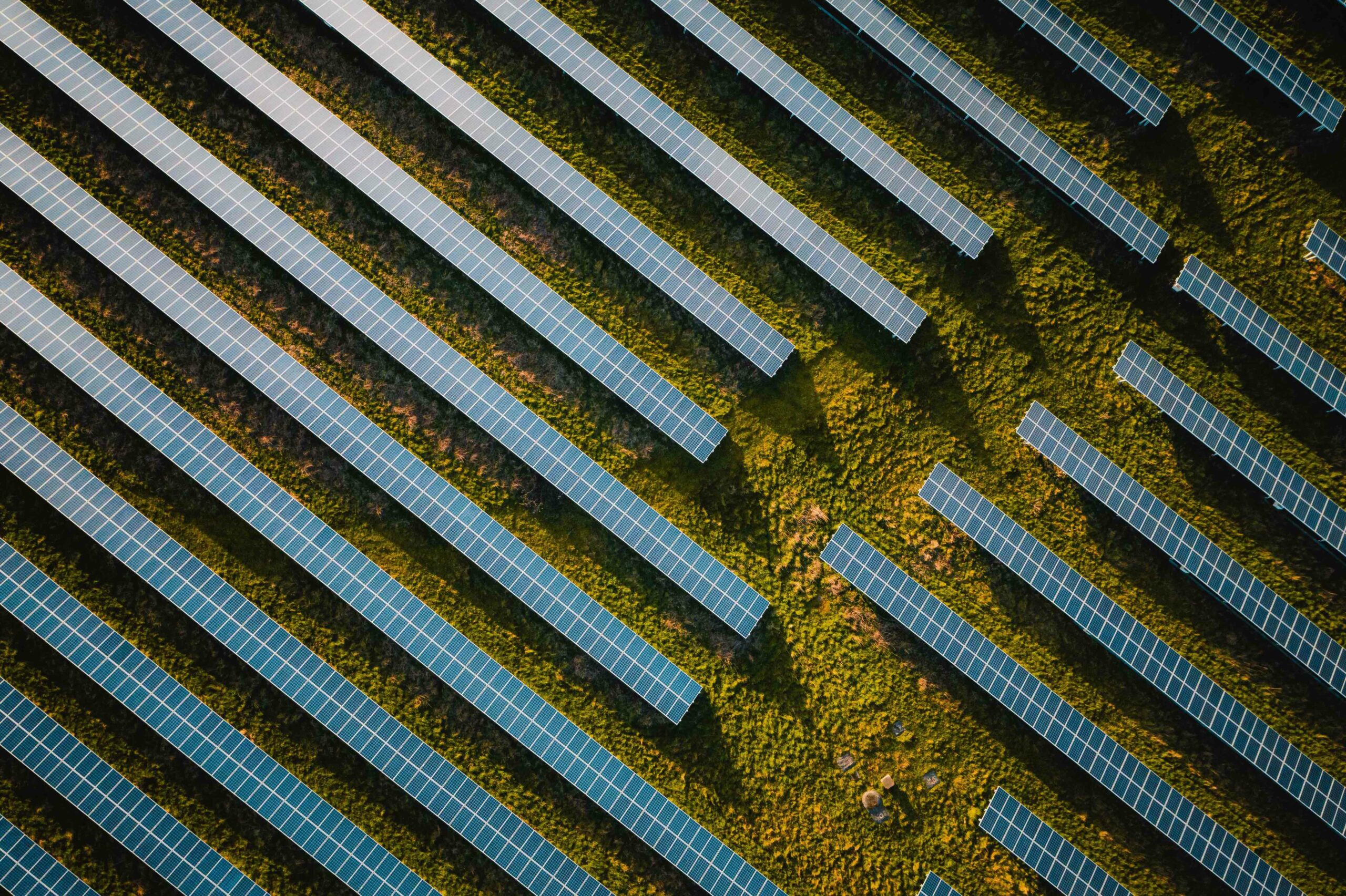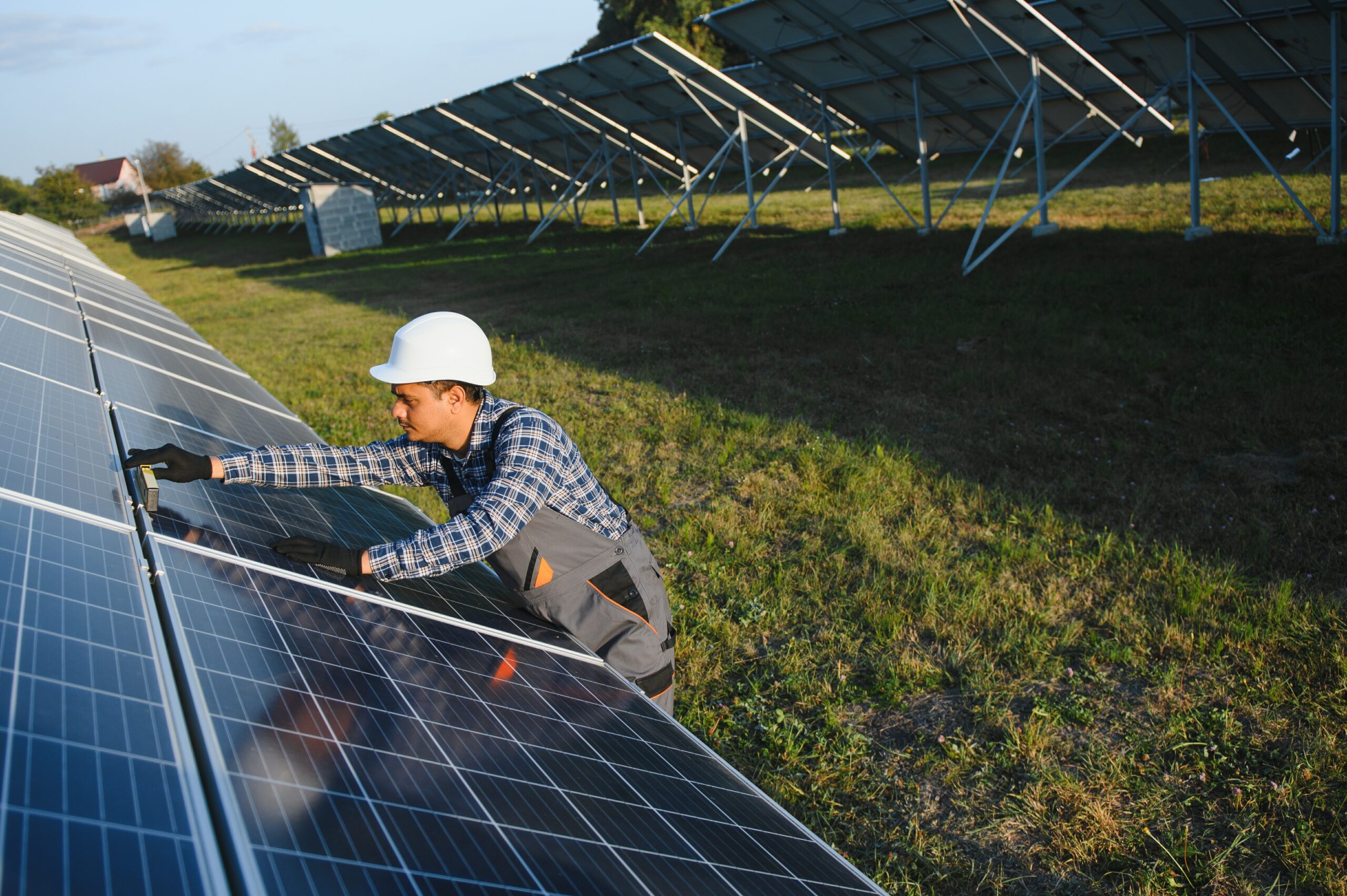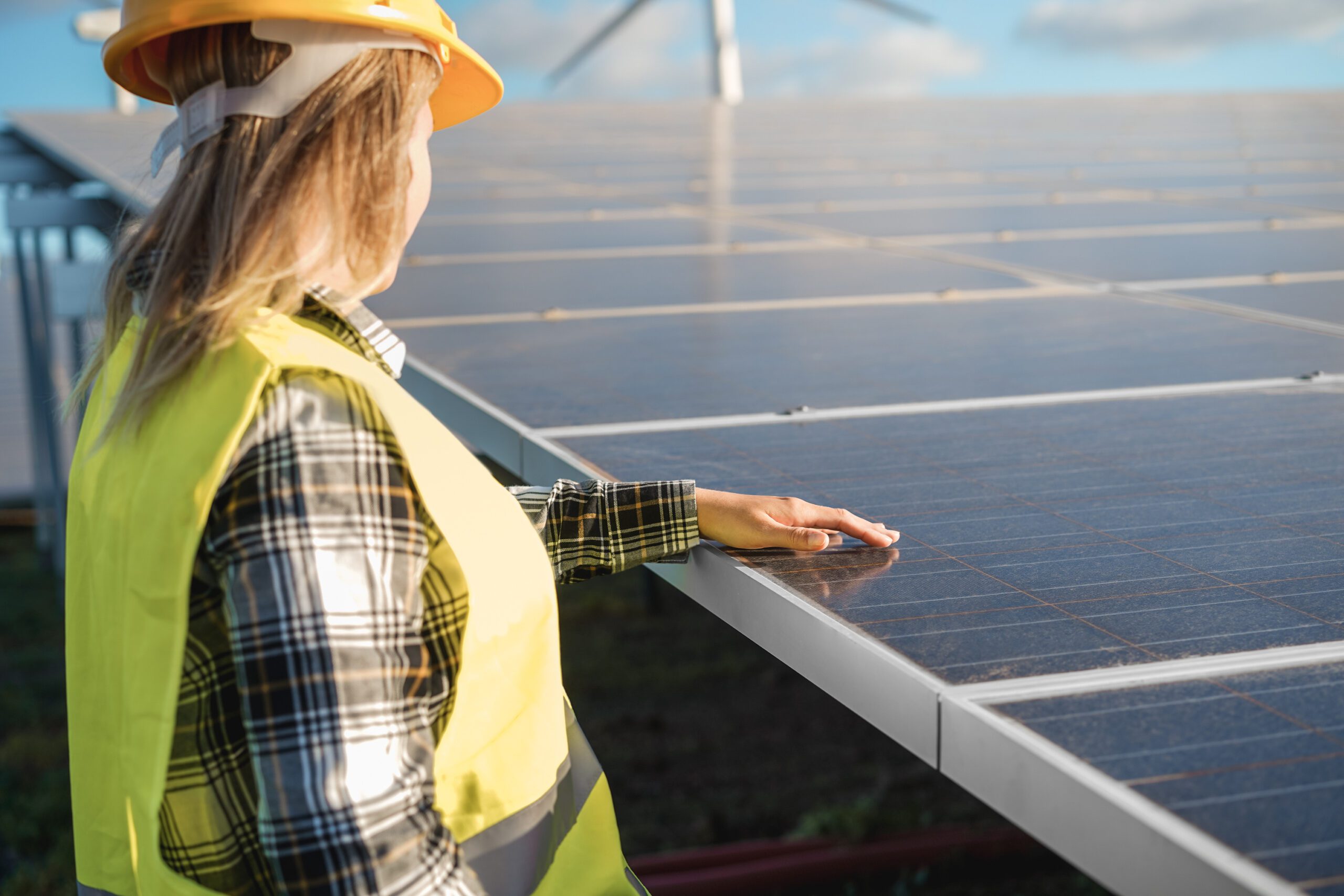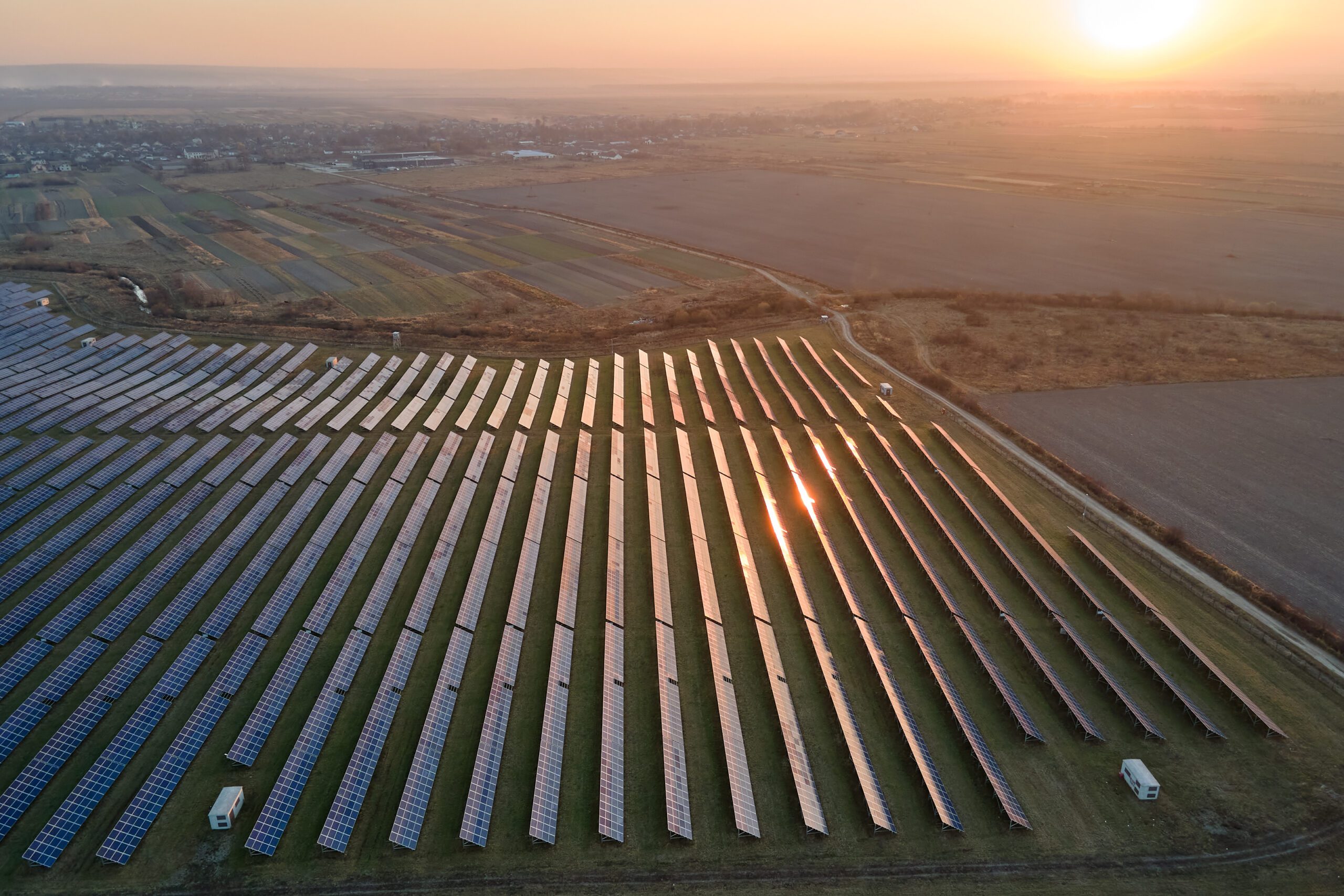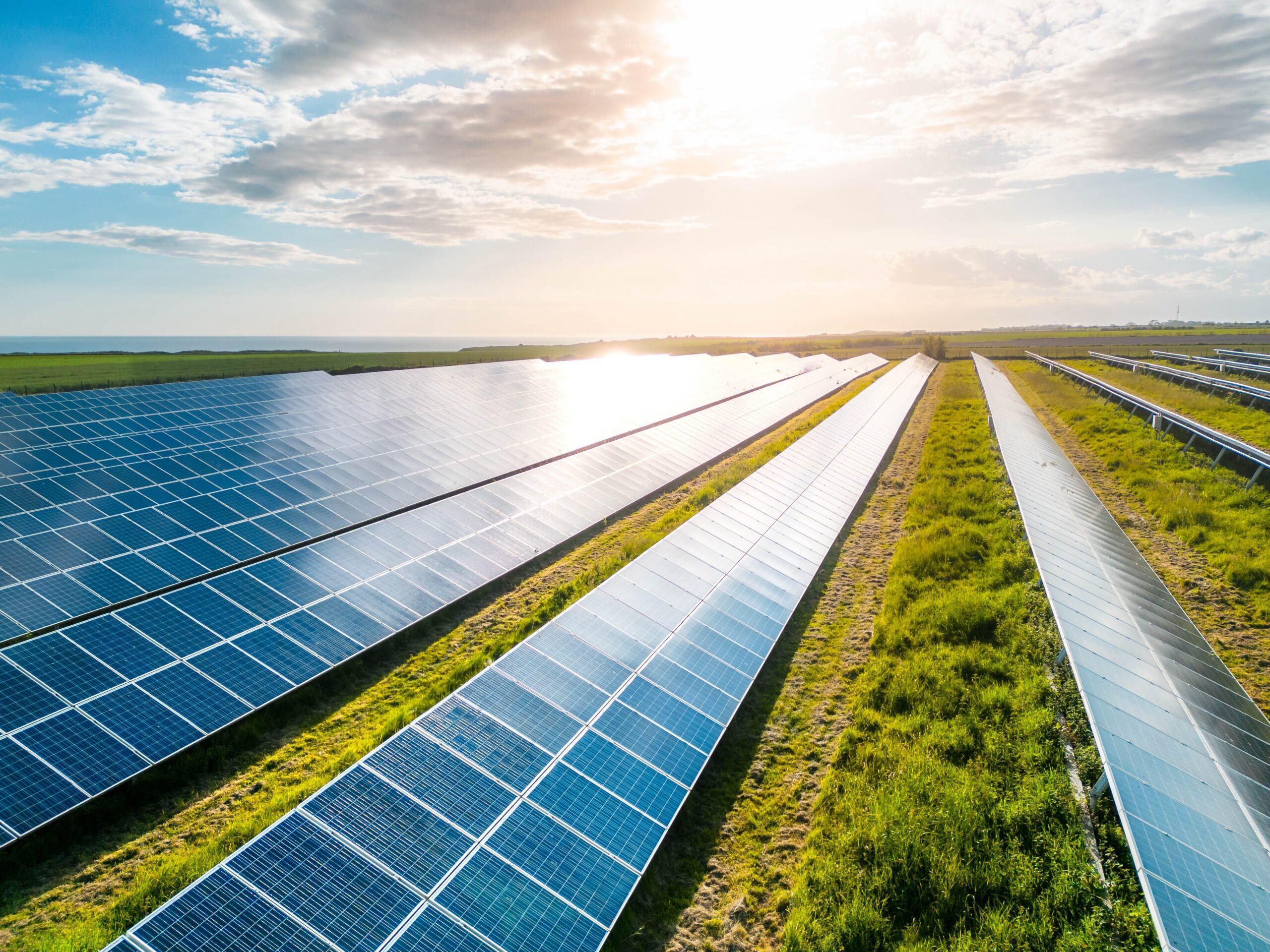Energy storage, or battery energy storage systems (BESS), helps keep our electricity reliable by storing electricity generated. It can then be used whenever it’s needed. Energy storage utilizes lithium-ion batteries (also found in cellphones, electric cars, and laptops) with smart software that helps decide the best time to store or release energy.
During times when people aren’t using much electricity and there’s lots of energy being made, the batteries charge up. When energy use goes up, BESS quickly sends out the stored energy to stop the grid from being overloaded. In turn, this reduces the need to purchase energy when cost is high and creates a downward pressure on prices. This type of flexibility fundamentally improves the methods in which we generate, deliver, and consume energy and makes the electrical grid more independent and efficient across America. A stronger grid is less likely to break down, which helps keep prices from jumping suddenly.
Energy storage can also help utility companies delay or avoid the need for new equipment that raise costs for consumers. Since BESS keeps the electrical grid balanced, power companies don’t need to build extra power plants that are only used during the busiest times. Existing parts of the grid, like power lines and substations, are also less likely to be overwhelmed, which will make them last longer. Instead of investing in new power plants or overbuilding the grid, energy storage helps extract more value from the assets already in place.


